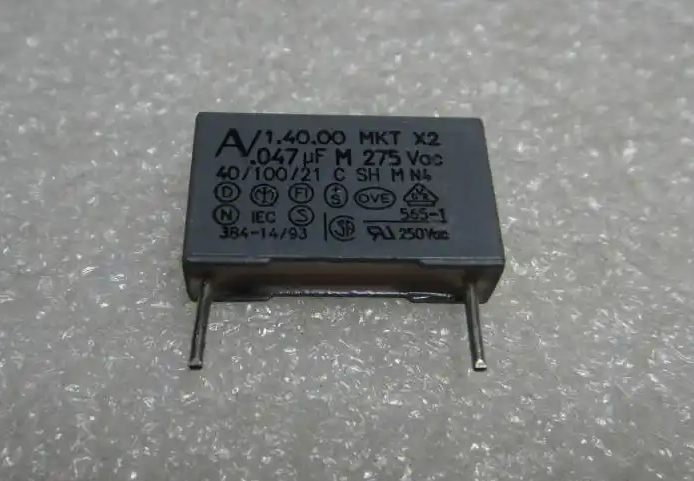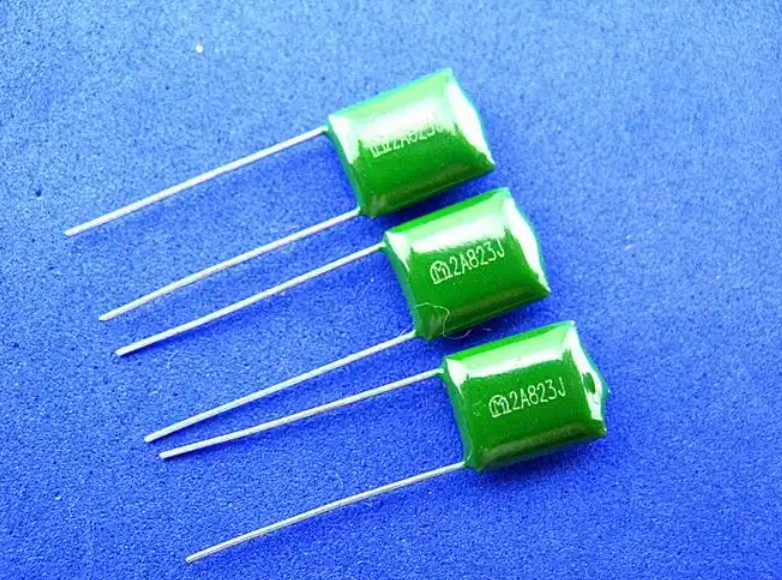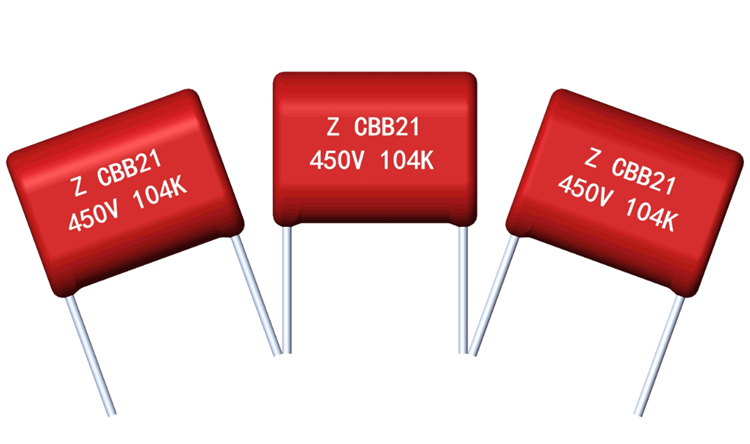There are many types of capacitors; the common ones are mica capacitors, porcelain dielectric capacitors, paper dielectric capacitors, and electrolytic capacitors. In terms of price, common capacitors are less expensive, about 2-5 RMB, while electrolytic capacitors are relatively more expensive; the price may be below 20 RMB. The exact price will be affected by the brand, capacity, withstand voltage, and other factors.
Capacitors are indispensable components in electronic circuits, and they play different roles in the circuits. The basic function of a capacitor is to store charge, isolate direct current, and pass alternating current. Based on the dielectric material and structure of capacitors, they can be categorized into different types, such as mica capacitors, ceramic capacitors, paper dielectric capacitors, and electrolytic capacitors.
The parameters and classification of capacitors are also very important. The main parameters include nominal capacitance, category temperature range, rated voltage, loss angle tangent, temperature characteristics of the capacitor, and service life. Capacitors can be classified according to their dielectric material and structure, such as fixed capacitors and variable capacitors.
In practical applications, capacitors are mainly used for functions such as filtering, coupling, bypassing, and energy storage. For example, in power supply circuits, capacitors can be used for smoothing filtering to prevent voltage fluctuations. In high-frequency circuits, small-capacity capacitors are usually used for coupling and filtering. Large-capacity capacitors, on the other hand, are commonly used for energy storage and smoothing output pulsating signals.
It should be noted that electrolytic capacitors have positive and negative polarities and must be properly connected when used. In addition, the withstand voltage of the capacitor is also an important parameter, and the user should ensure that the voltage does not exceed the rated voltage of the capacitor. Excessive operating voltage may cause the capacitor to break down or be damaged.
In conclusion, capacitors are very important components in electronic circuits, they play the role of storing charge, isolating D,C and passing AC in the circuit. Understanding the basic principles, types, parameters, and applications of capacitors is very useful for electronic engineers and hobbyists.

Table of Contents
Where to Buy AC Capacitors
You can find stores that sell capacitors at your local electronics store or wholesale market. Also, there are many capacitor selling platforms on the internet. Depending on your application scenario needs, such as rated voltage 450V, tolerance +10-20%, products for medical electronics, etc. Topfast is a one-stop PCB solution provider specializing in rapid prototyping and low-volume manufacturing for customers, with deep cooperation with first-tier device brand manufacturers to ensure the dual advantages of device quality and price, and our pricing structure is transparent with no hidden Costs. Our professional engineering team provides cost optimization suggestions for customers’ Bill of Materials (BOM) to ensure the quality and cost of your parts procurement.
Types and Applications
There are several types of AC capacitors, including aluminum electrolytic capacitors, porcelain capacitors, and polymer capacitors. Each type has its specific application scenarios and advantages:
Aluminum electrolytic capacitors: commonly used for high-capacity energy storage, suitable for power supply filtering and low-frequency circuits.
Aluminum electrolytic capacitors: Used for high-capacity energy storage, suitable for power supply filtering and low-frequency circuits.
Polymer Capacitors: Smaller in size and weight, suitable for applications requiring high reliability and long life.
Maintenance and Troubleshooting
AC capacitors may experience problems such as overheating during use. The main causes include high power supply frequency, excessive capacitor capacity, quality problems, improper installation, high harmonic content in the circuit, and long periods of continuous operation. Treatment measures include stopping the use of overheated capacitors, ensuring good ventilation for heat dissipation, checking the circuit design, replacing the capacitors with suitable ones, and consulting a professional if necessary.
How many capacitors are there in an alternating current device
An alternating current device contains several types of capacitors, the exact number of which depends on the type and design of the device. Common types of capacitors and their functions in alternating current (AC) installations
Shunt capacitors: mainly used to compensate reactive power of inductive loads in power systems, to improve power factor, to improve voltage quality and to reduce line losses Series capacitors: connected in series in the high-frequency high-voltage transmission and distribution lines, to compensate for the distribution of inductive reactance of the line, improve the static and dynamic stability of the system, improve the voltage quality of the line, lengthening the distance and increase the transmission capacity
Coupling capacitors: mainly used for High-frequency communication, measurement, control, protection of high-voltage power lines, as well as in the extraction of electrical energy for components in the device
circuit breaker capacitors: parallel connection in the ultra-high-voltage circuit breaker breakers, to play the role of equalization, improve the circuit breaker’s arc extinguishing characteristics, and improve breaking capacity Electrothermal capacitors: used in the frequency of 40 ~ 24000 Hz electric heating equipment system to improve the power factor, improve the circuit voltage or frequency and other characteristics
Pulse capacitors: mainly for the role of energy storage, used as a shock voltage generator, shock current generator, and as a component of the device. Used as a shock voltage generator, shock current generator, circuit breaker test oscillation circuit, and other basic energy storage components
DC and filtering capacitors: used in high-voltage DC devices and high-voltage rectifier and filtering devices
Standard Capacitors: Used in high-frequency, high-voltage dielectric loss measurement circuits as standard capacitors or as capacitive voltage divider devices for high-voltage measurements.
Quantity and Configuration of Capacitors
In alternating current (AC) installations, the number of capacitors and their configuration can vary depending on the specific application and design requirements. For example, shunt capacitor banks are usually used for reactive power compensation, and their number and capacity will be designed and configured according to system requirements; series capacitors are used to compensate the inductive reactance of the line and improve system stability. Coupling capacitors and circuit breaker capacitors are designed and installed according to their specific functions.
How long is the service life of AC capacitors

The service life of AC capacitors is usually 5 to 15 years, depending on a variety of factors, including operating conditions, ambient temperature, and load conditions.
The main factors affecting the service life of AC capacitors
Operating Temperature: High temperatures accelerate the evaporation of the electrolyte inside the capacitor and the reduction of its capacitance value, and may even lead to an explosion of the capacitor. Usually, the operating temperature of capacitors ranges from -25°C to +50°C
Load conditions: Frequent load fluctuations, overload operation, overvoltage, or overcurrent will shorten the life of capacitors. For example, high loads or harsh environments may require shorter replacement intervals for capacitors, typically 3 to 5 years
Environmental Factors: Excessive humidity, dust, corrosive gases, etc, can affect the insulating material and case of capacitors, accelerating aging. In addition, capacitors that have been working in high temperatures, high humidity, or strong corrosive environments for a long time will age faster.
Type: Different types of capacitors have different life spans. For example, dry capacitors usually last longer than liquid capacitors because they do not have a liquid electrolyte
Ways to Extend Capacitor Life
Regular Inspection: Regularly inspecting the appearance, temperature, and electrical characteristics (e.g., capacitance value, loss angle tangent, etc.) of a capacitor can help detect potential failures and prolong service life
Maintaining the environment: Keeping the environment around the capacitor clean and troubleshooting regularly can reduce the impact of environmental factors on the capacitor
